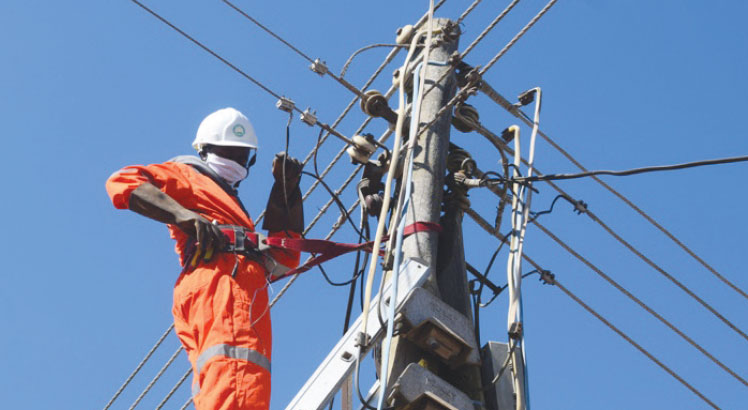Electricity Supply Corporation of Malawi (Escom) says funding gaps and lack of cost-reflective tariffs are preventing the power utility from connecting new customers to the national grid.
Speaking at a news conference in Blantyre yesterday to give an update on new electricity connections, Escom senior manager for commercial and customer services Wiseman Kabwazi said the situation has forced some upper class consumers to jump the queue by paying the full cost, with 41 196 customers on the waiting list.
He said to connect a new customer, it costs about K282 000 for domestic consumers, with urban consumers paying an average of K93 000 and those in rural areas K5 000.

The pricing is determined by the cost of labour, maintenance, transport and supervision costs, according to Escom.
For those in the rural areas, government subsidises the charge through Malawi Rural Electrification Project while for the urban consumers, Escom bears the funding gap.
Kabwazi said: “At the moment, we have to write Malawi Energy Regulatory Authority on the new connections we want to have for a particular year to allow Escom borrow money from financing institutions to implement the project.
“This cost is then reflected in the electricity tariffs after the new connections have been done. However, the capacity to go and borrow has been a challenge because of our financial status now.”
In his presentation, he said in 2020 Escom spent K10 billion out of the K14 billion invested for connecting 50 000 new customers.
“At the moment, Escom is targeting to connect areas with more customers and huge market potential,” Kabwazi said.
Figures from Escom show that to attain 30 percent electricity access, the utility company will have to make 150 000 new connections with customers contributing K12 billion while the parastatal will have to subsidise the cost with K30 billion.
In July this year, Escom said private companies and government ministries, departments and agencies (MDAs) owed it about K42 billion in unsettled electricity bills.
On his part, Escom public relations manager Innocent Chitosi admitted that they fail to meet customer expectations as everyone wants to be connected and have power all the time.
Malawi has one of the lowest electricity access rates at 18 percent, with 12 percent from the national grid and six percent from mini off-grids. This compares to 42 percent access rate in low-income countries and 48 percent in sub-Saharan Africa, according to World Bank figures.
The World Bank further says there is glaring inequality among the rich and the poor when it comes to access to electricity as the poorest 20 percent of Malawians have one percent electrification rate while the richest 20 percent have 31 percent electrification rate.
